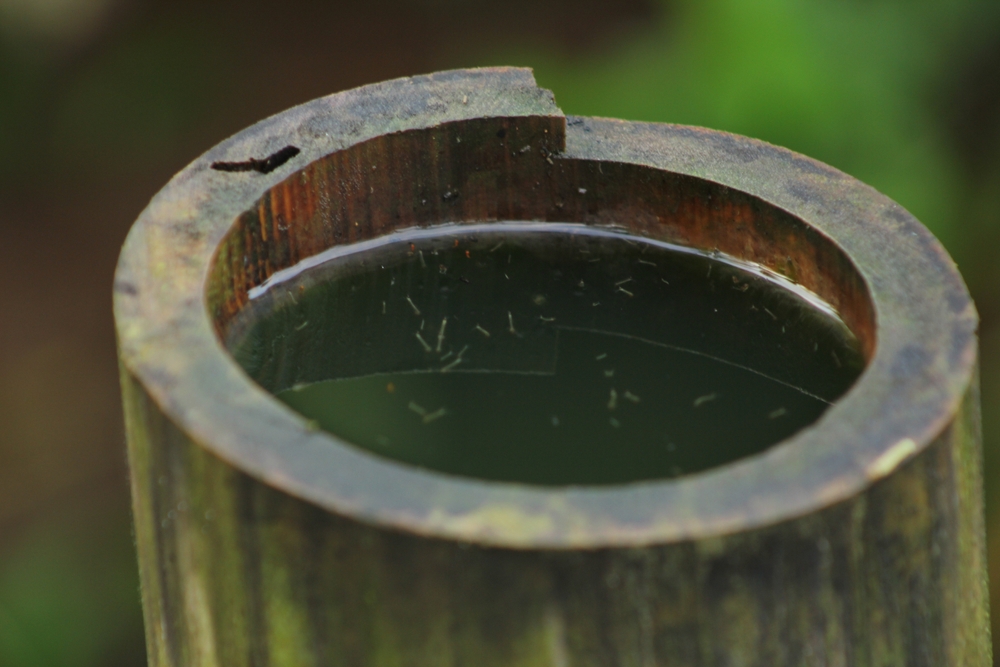Standing Water After Storms: A Breeding Ground for Mosquitoes and How to Combat It

When heavy rains and storms sweep through our communities, they often leave more behind than fallen branches and debris. One of the most common and dangerous aftereffects is standing water. Puddles, clogged gutters, flooded lawns, and neglected containers become ideal breeding grounds for mosquitoes, leading to an explosion in their population. Beyond their nuisance factor, mosquitoes carry diseases that can affect both humans and pets, making post-storm pest management critical. Through proper mosquito control measures and timely pest control service interventions, you can minimize risks and protect your family and property.
The Connection Between Standing Water and Mosquito Infestations
Mosquitoes are among the most persistent and adaptive pests, and their life cycle is directly tied to standing water. Female mosquitoes lay eggs on the surface of stagnant water or areas prone to flooding, and within days, these eggs hatch into larvae. In warm, humid conditions, like those following summer storms, the process accelerates dramatically. A single puddle in your backyard can produce hundreds of mosquitoes in less than a week.
After storms, blocked gutters, birdbaths, discarded tires, plant saucers, and low-lying patches in lawns become ideal breeding sites. Unfortunately, the average homeowner often overlooks these problem areas, giving mosquitoes a chance to thrive. Because of how quickly populations can surge, proactive mosquito control is essential during these periods.
Pest control specialists often emphasize the “first 48 hours” after rainfall. That’s when conditions are most favorable for egg laying and hatching. Acting quickly to eliminate standing water can significantly reduce infestation risks. If water cannot be removed immediately, treatments from a professional pest control service can disrupt the breeding cycle and keep populations manageable.
Health Risks Associated With Mosquito-Borne Diseases
While many people view mosquitoes as simple annoyances, they pose serious health risks. Storm-related mosquito booms can lead to spikes in mosquito-borne illnesses, including West Nile virus, Zika virus, dengue fever, and malaria in certain regions. Even if these diseases aren’t common in your area, infected mosquitoes can travel quickly, making outbreaks possible in unexpected places.
For pets, the danger is equally concerning. Mosquitoes are carriers of heartworm, a potentially fatal parasite that can affect both dogs and cats. A few bites can be enough to transmit the larvae, which develop into adult worms inside your pet’s heart and lungs.
These risks underline the importance of implementing effective mosquito control strategies after storms. Basic cleanup methods help, but relying solely on DIY measures can leave your property vulnerable. Professional pest control services can identify hidden breeding areas, apply targeted treatments, and provide long-term solutions to protect your household from mosquito-related health hazards.
Effective Mosquito Control Strategies After Storms
Post-storm mosquito control starts with one simple rule: eliminate as much standing water as possible. Walk your property and inspect areas where water collects — gutters, flower pots, buckets, tarps, clogged drains, and outdoor furniture are common culprits. By dumping, draining, or covering these spots, you remove breeding habitats before mosquitoes have a chance to reproduce.
For water sources that cannot be drained, such as ponds or rain barrels, larvicides can be highly effective. These treatments target mosquito larvae before they mature, reducing adult populations significantly. However, it’s crucial to choose products that are environmentally safe and applied correctly, which is where a professional pest control service can provide expertise.
In addition to water management, consider protective landscaping techniques. Keeping grass trimmed, removing leaf litter, and pruning overgrown shrubs can reduce resting areas for adult mosquitoes. Installing mosquito-repelling plants, like citronella and lavender, can add an extra layer of natural defense.
Another key preventive measure is maintaining screens on doors and windows. Small tears or gaps give mosquitoes easy access to your home. Combined with proper outdoor lighting — avoiding bright white bulbs that attract pests — these adjustments can drastically reduce mosquito invasions.
For properties with recurring infestations or nearby wetlands, professional mosquito control treatments, including barrier sprays and fogging, can create long-lasting protection. These services are particularly effective when paired with ongoing monitoring and maintenance.
The Role of Professional Pest Control Services
While homeowners can handle basic prevention, professional pest control services provide the most comprehensive and effective solutions. After major storms, mosquito populations can explode rapidly, overwhelming DIY efforts. Pest control technicians are trained to identify hidden breeding grounds and use advanced treatments that target mosquitoes at every stage of their life cycle.
A reputable pest control service offers tailored strategies based on your property’s unique needs. For example, if your yard is prone to flooding, specialists may recommend recurring treatments to stay ahead of breeding cycles. They can also integrate eco-friendly options, minimizing risks to pets, wildlife, and the environment.
Additionally, pest control experts stay informed on local mosquito trends and health advisories. If there’s an outbreak of West Nile virus or another disease in your area, they can adjust their approach accordingly. This proactive response gives homeowners peace of mind, knowing their families and pets are protected from emerging threats.
Long-term mosquito control often involves a combination of prevention, treatment, and ongoing monitoring. Partnering with a pest control service ensures consistent protection and reduces the chances of infestations returning after future storms.
Conclusion
Standing water after storms is more than just a temporary inconvenience — it’s a serious public health and safety issue. Left unmanaged, these conditions can trigger rapid mosquito population growth and increase the risk of disease transmission. By understanding the relationship between stagnant water and infestations, homeowners can take immediate steps to minimize risks through proper cleanup and prevention strategies.
While DIY measures like draining puddles and trimming vegetation are effective starting points, professional mosquito control and pest control services provide the strongest defense. Their expertise, treatments, and ongoing monitoring ensure your property remains safe and comfortable, even in the aftermath of severe weather.
Protecting your home and family begins with swift action. Whether it’s eliminating breeding sites, applying targeted treatments, or enlisting expert help, every step counts. With the right mosquito control measures in place, you can reclaim your outdoor spaces and enjoy peace of mind all season long.
